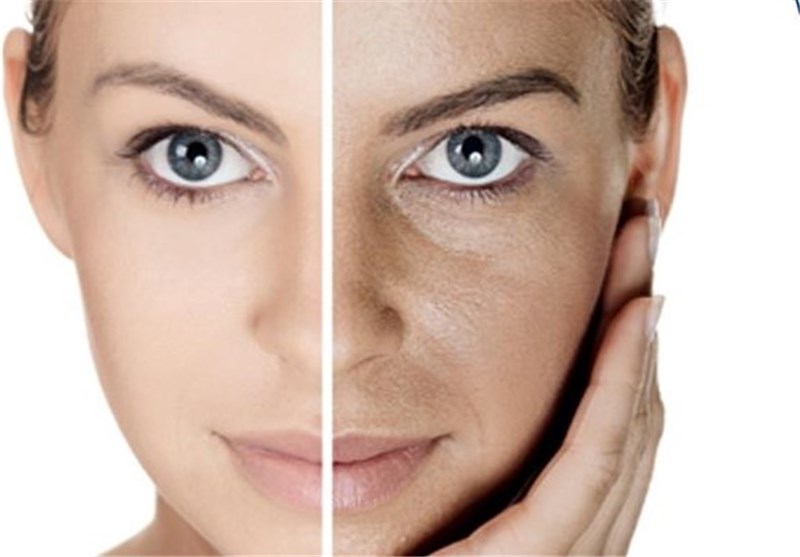Moles (Melanocytic Nevi)
Moles (Melanocytic Nevi)
Book Now
Moles (Melanocytic Nevi)
What are moles?
Moles are generally harmless skin color changes. They are also known as melanocytic nevi and result from the proliferation of pigment cells called melanocytes (cells that give color to the skin). Moles can appear as pigmented macules, papules, or nodules, and they can be located in the epidermis, dermis, and occasionally the subcutaneous tissue. Some people may have dozens of moles of varying sizes spread across their body, while others may have far fewer moles.
How do moles appear?
Moles can be level with the skin or raised. Their colors can vary from the natural skin tone to red, brown, or black.
When do moles develop and how do they grow?
Moles may be present at birth or develop later during early childhood.
Are congenital moles dangerous?
Although rare, congenital moles can sometimes develop into a type of cancer called melanoma. The risk of melanoma is related to the size of the mole: small and medium-sized moles have a very low risk, whereas large or giant congenital moles have a significantly higher risk.
How should moles be monitored?
Monitoring moles differs from person to person. The mole’s location, size, and the cosmetic and psychosocial effects it may have should be considered. Small, flat, and well-defined congenital moles located in easily monitored areas of the body can be regularly followed up by dermatologists (every 6 months to a year). This ensures that any potential changes in the mole that could signal cancer development are detected early, allowing for timely intervention.
What could changes in moles indicate?
Normally, nevi (moles) do not cause any skin problems. However, if there is a rapid change in the size of a mole, it becomes multicolored, its borders become irregular, or it starts to expand, or if there is persistent pain, bleeding, or itching in the mole, it is essential to have it checked by a dermatologist. These symptoms could be warning signs of skin cancer. In this case, the mole should be removed and sent for pathological examination.
Laser Treatment for Nevus (Mole)
Moles are typically treated for cosmetic reasons. Before starting treatment, the mole must be thoroughly analyzed, and it should be confirmed that it is benign before proceeding with laser treatment. The type of laser used for mole treatment is fractional laser. During the mole removal procedure, the mole (nevus) is first numbed using local anesthesia to ensure the patient’s comfort, after which the fractional laser is applied.
Treatment of Skin Tags (Acrochordons):
Removing a skin tag does not trigger cancer formation. On the contrary, it can help identify potential skin cancer early if any abnormal changes are detected.
How to Protect Yourself from Skin Cancer:
Sun protection is crucial. Apply sunscreen with a SPF of 30 or higher regularly to areas of your body that are frequently exposed to the sun.
Make an Appointment
The best way to enjoy a treatment at our salon is to book an appointment with the desired esthetician. Fill in the form below and we will contact you to discuss your appointment.